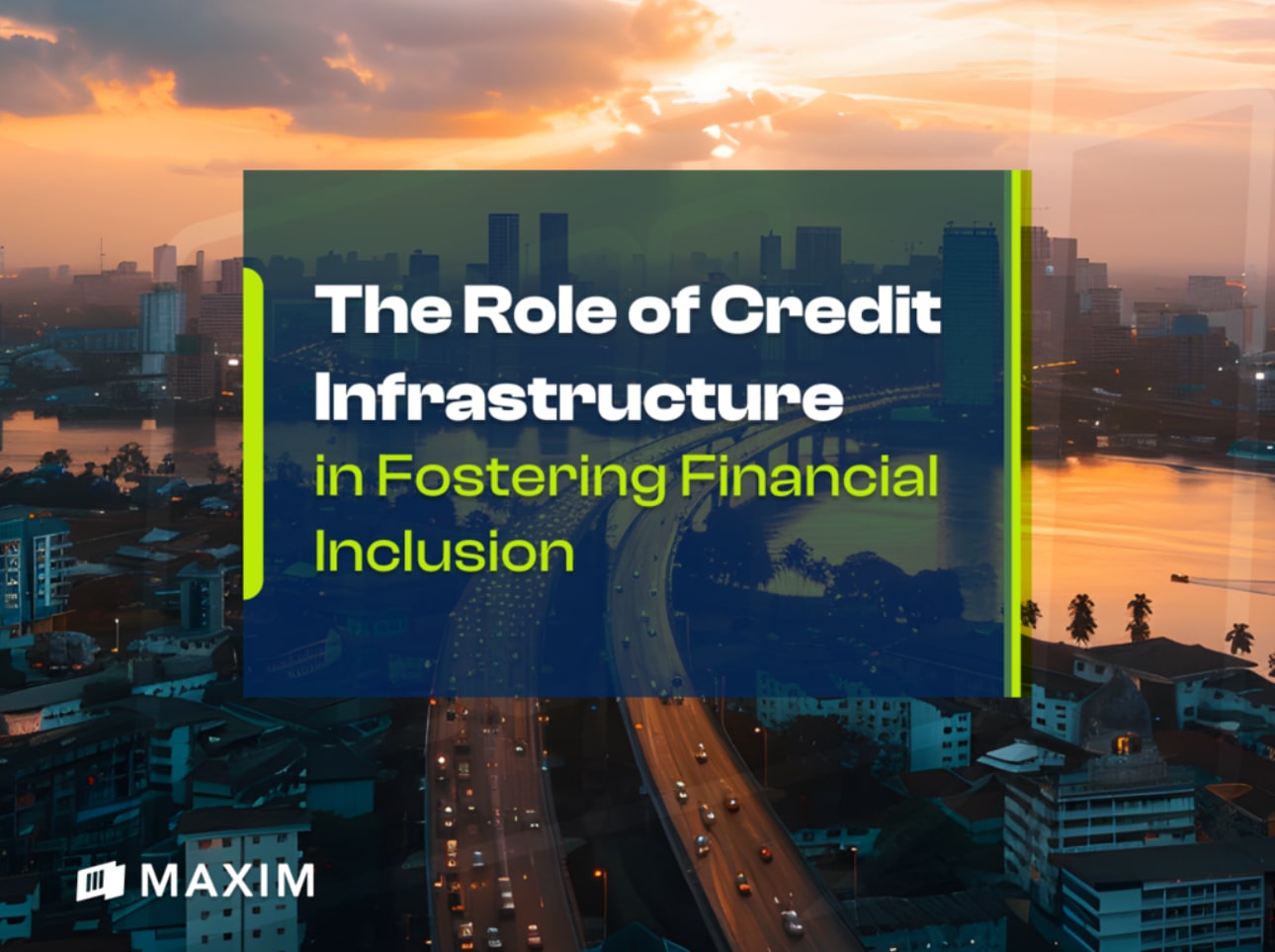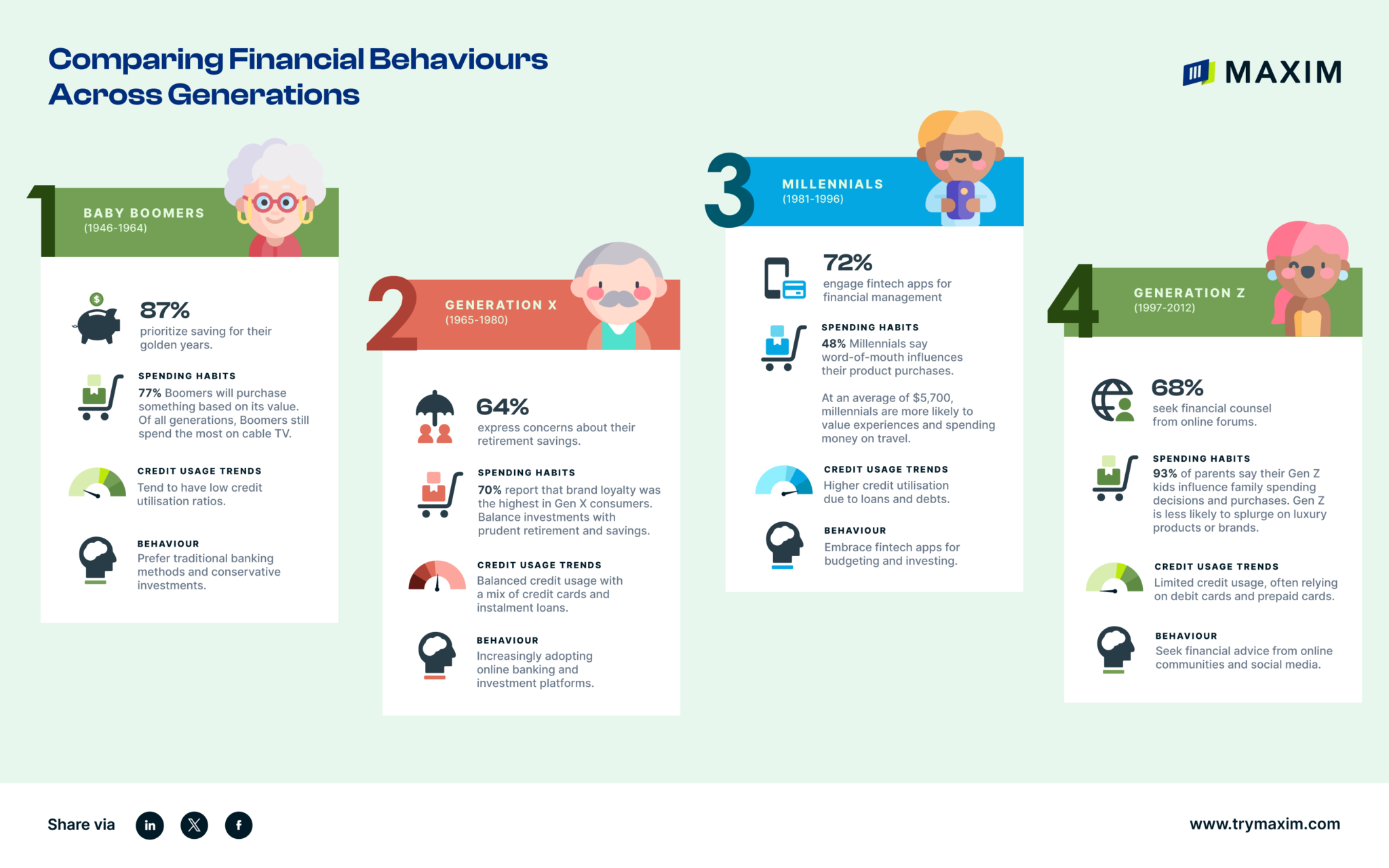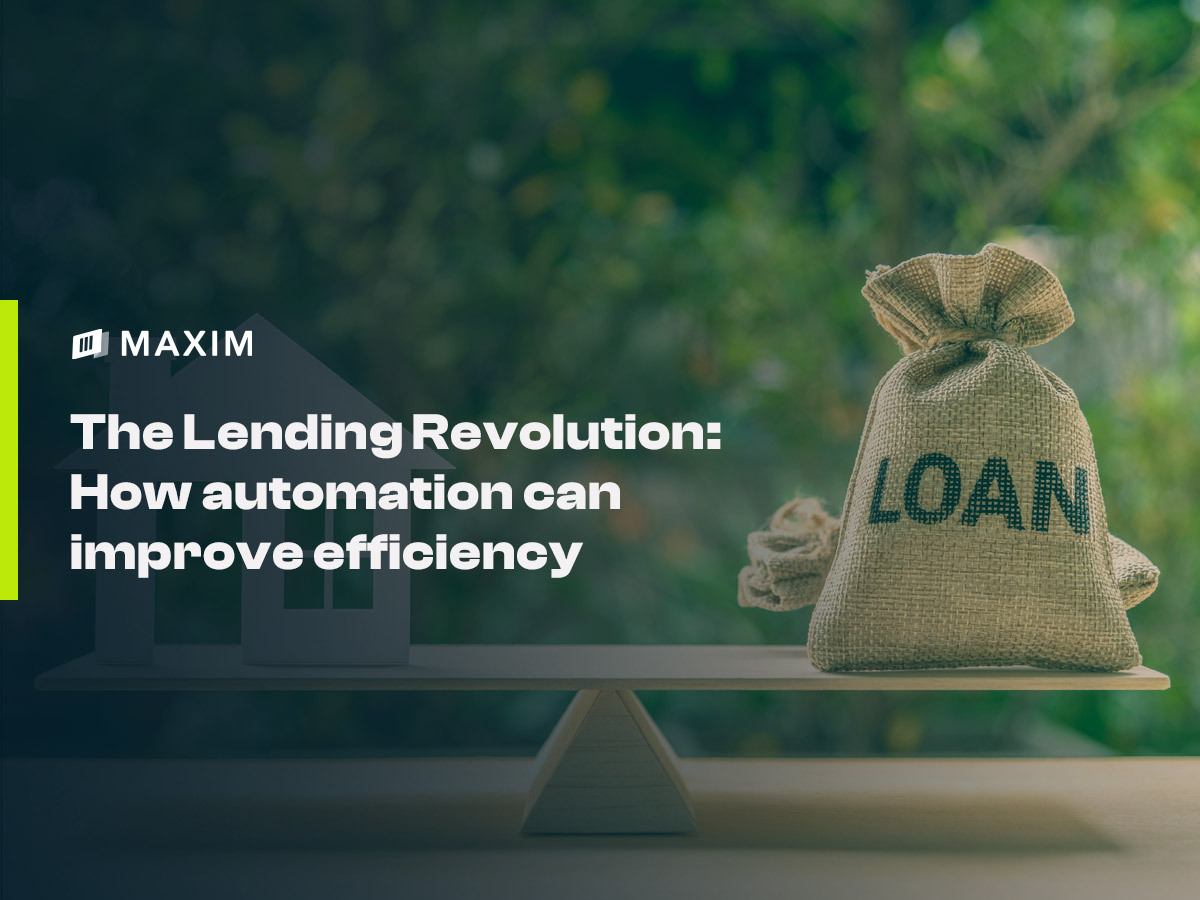The Role of Credit Infrastructure in Fostering Financial Inclusion

In today’s interconnected global economy, access to credit is not just a financial service but a gateway to opportunity. However, for millions of individuals and businesses worldwide, this access remains elusive due to various barriers, including limited credit histories and lack of technical sophistication to create an all-inclusive ecosystem that can easily report and distribute reports in easily accessible and usable format.
At the heart of addressing these challenges lies the concept of credit infrastructure—a comprehensive framework comprising credit bureaus, scoring models, and data-sharing mechanisms. In this blog post, we explore the critical role of credit infrastructure in promoting financial inclusion and driving economic development.
Understanding Credit Infrastructure
Credit infrastructure encompasses a network of institutions, technologies, and regulations designed to assess creditworthiness and facilitate lending decisions. At its core are credit bureaus, which collect and aggregate data on individuals’ and businesses’ credit behaviour, enabling lenders to evaluate risk. Complementing these bureaus are scoring models that analyse this data to generate credit scores, providing insights into borrowers’ repayment capabilities. Additionally, a data-sharing called reporting system allows for the exchange of information among stakeholders, enhancing transparency and efficiency in credit markets.
Enabling Financial Inclusion
A key objective of credit infrastructure is to expand access to credit for underserved populations, including those with limited credit histories or residing in remote areas. Inclusive credit infrastructure leverages alternative data sources, such as utility payments and mobile phone usage, to assess creditworthiness beyond traditional metrics. By adopting innovative approaches to risk assessment, financial institutions can extend credit to previously excluded segments of society, empowering them to invest in education, entrepreneurship, and other pathways to economic prosperity.
As we reflect on the role of credit infrastructure in fostering financial inclusion, it becomes evident that its impact extends far beyond individual transactions or institutions. A well-functioning credit infrastructure is a catalyst for economic growth, social mobility, and poverty reduction, laying the foundation for sustainable development.
At Maxim, we are committed to advancing this mission by leveraging technology and partnerships to enhance credit access and empower underserved communities in Africa. With a distinctive approach that separates us from the rest. We are not merely another player in the credit infrastructure game; we are revolutionaries with a vision to empower businesses, service providers, and individuals to embrace the boundless possibilities of credit. Join the growing community of businesses that trust Maxim to unlock the power of data-driven credit assessments.






























